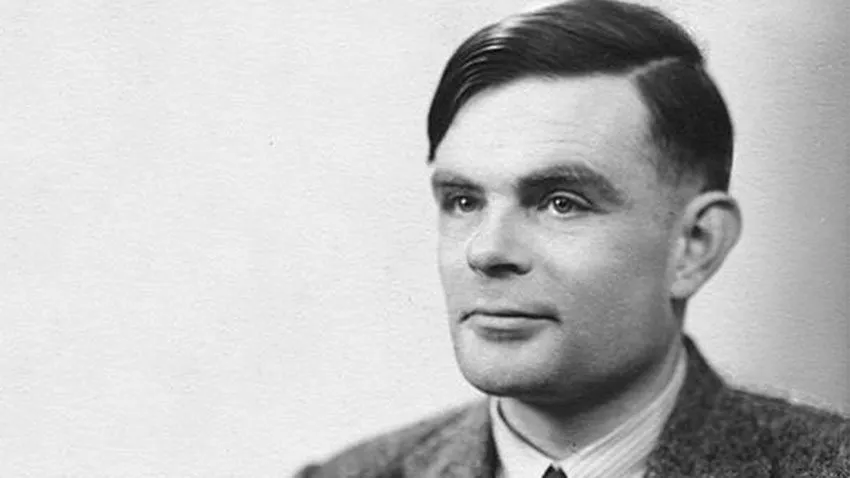Queen Elizabeth II has overseen sweeping changes to LGBT+ rights. (Getty)
Queen Elizabeth II celebrates her 94th birthday on Tuesday (April 21). To celebrate, here are 5 times the Queen came out for LGBT+ rights.
Queen Elizabeth II has reigned over Britain for more than 68 years.
When she acceded to the throne aged 25, on February 6, 1952, it was illegal for men to have sex with other men, trans people didn’t exist in the eyes of the law, and the idea of marriage equality was a far-flung dream for many.
Over the years the Queen has watched on as LGBT+ rights have been radically improved, thanks to the work of queer campaigners, politicians and allies.
Although she’s never come out in full-throated support of queer people, there’s no denying that as monarch, she’s been a part of the most revolutionary time for LGBT+ Britons.
So, to mark her 94th birthday, PinkNews has looked back at five times the Queen showed her support.
On July 27, 1967, the Queen gave her royal ascent to the Sexual Offences Act, which decriminalised homosexual acts in private between two men over the age of 21 in England.
This was a vital first step towards LGBT+ equality, and was followed by similar laws being introduced to Scotland in 1980 and in Northern Ireland in 1982 – though in all countries, the age of consent wold remain unequal for many years.
She introduced same-sex civil partnerships during the state opening of parliament.
In 2003 the Queen made her first public remarks on LGBT+ rights during her state opening of parliament speech.
“My government will maintain its commitment to increased equality and social justice by bringing forward legislation on the registration of civil partnerships between same sex couples,” she said.
While her words were written by the Government and not by the Queen herself, it marked an historic first.
According to Stephen Fry, the Queen was elated by marriage equality.
In 2013 the Queen once again gave her royal assent to a historic piece of LGBT+ legislation, ushering in a new era of marriage equality for England and Wales.
She did not comment on the milestone, however Stephen Fry later claimed to have been told that she was, privately, very happy about it.
“When the Queen signed the Royal Assent for the equal marriages act, allowing gay people to marry for the first time, she put it down and said ‘Well, who’d have thought 62 years ago when I came to the throne, I’d be signing something like this? Isn’t it wonderful?’”
The Queen’s cousin, Lord Ivar Mountbatten, became the first royal to have a same-sex marriage in 2018, but the monarch has never congratulated him publicly.
Asked if his decision to come out had been good for the royals, Mountbatten replied: “Well, you would hope so!” before adding: “But then they don’t really talk about it. I mean, the royals, they don’t communicate very well.”
She pardoned Alan Turing.

Days after Queen Elizabeth II acceded, Alan Turing was charged with “gross indecency” over a relationship with another man. He was chemically castrated, and two years later he died by suicide.
In the early years of her reign the Queen remained silent on this and other LGBT+ matters, reflecting the mood of the public and of her government at the time.
But in 2013 she granted Turing a royal pardon, following a request from then-justice secretary, Chris Grayling.
Announcing the pardon on her behalf, Grayling said: “Dr Alan Turing was an exceptional man with a brilliant mind. His brilliance was put into practice at Bletchley Park during the second world war, where he was pivotal to breaking the Enigma code, helping to end the war and save thousands of lives.”
The Queen congratulated one of Britain’s oldest LGBT+ charities.
Though the Queen has been patron to hundreds of charities throughout her reign, she has never been patron to an LGBT+ organisation.
However in 2014 she gave a surprise acknowledgement to the London Lesbian & Gay Switchboard as part of its 40th anniversary.
In her message the Queen said: “Best wishes and congratulations to all concerned on this most special anniversary.”
